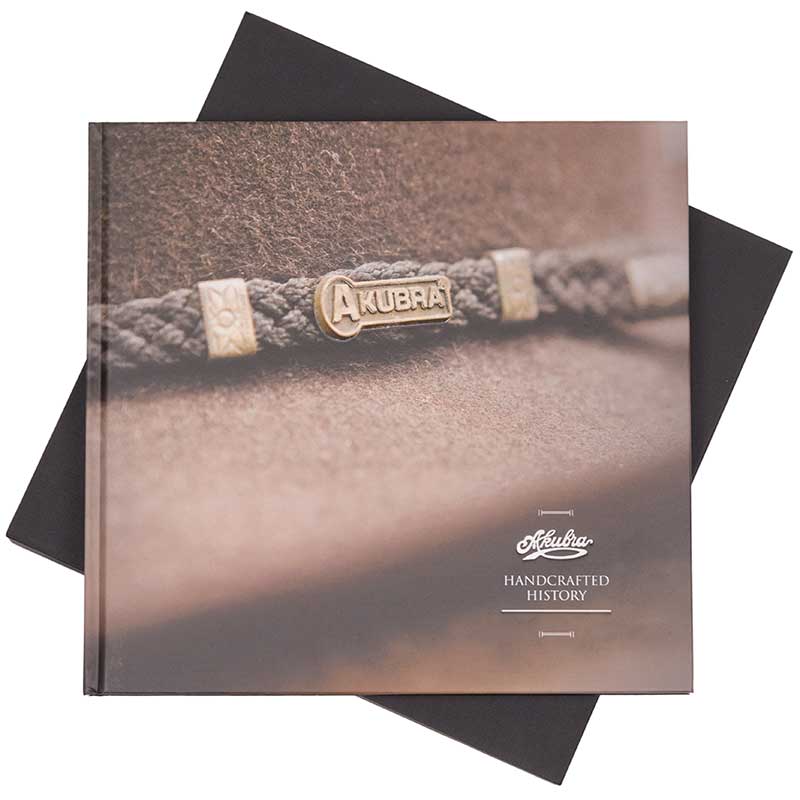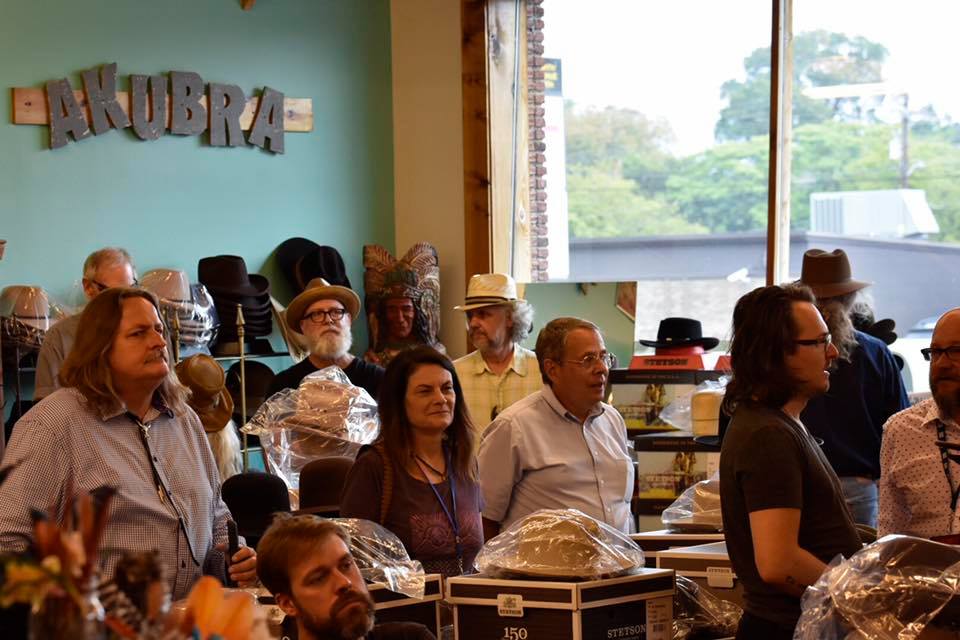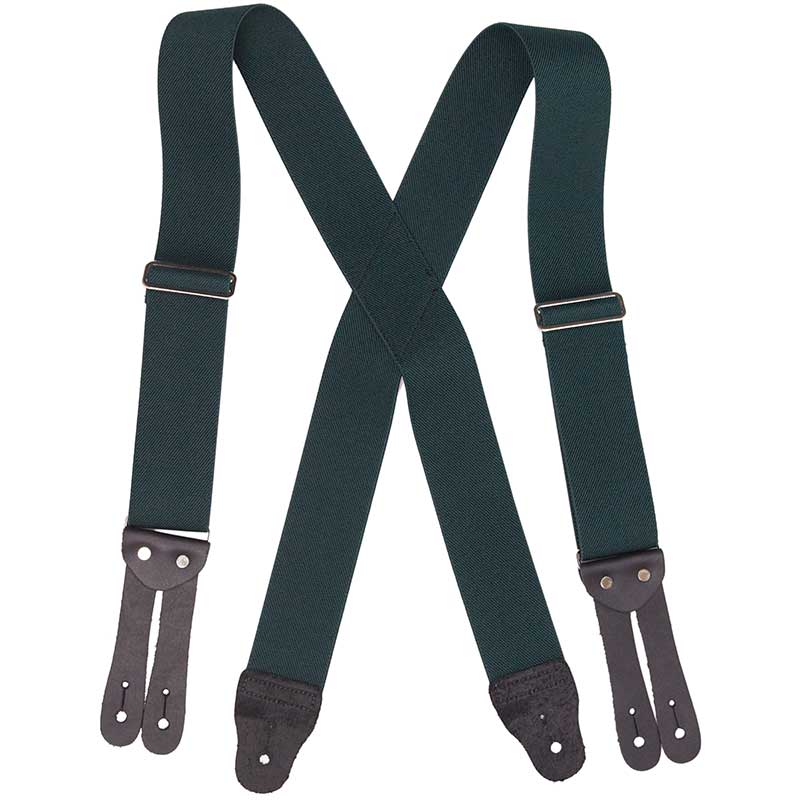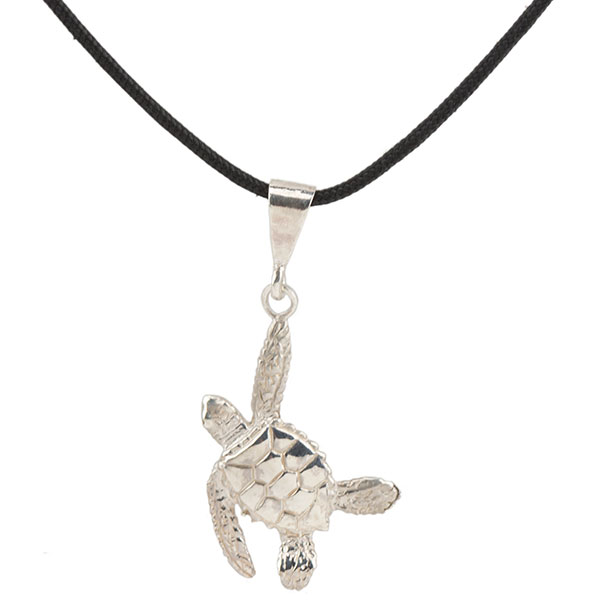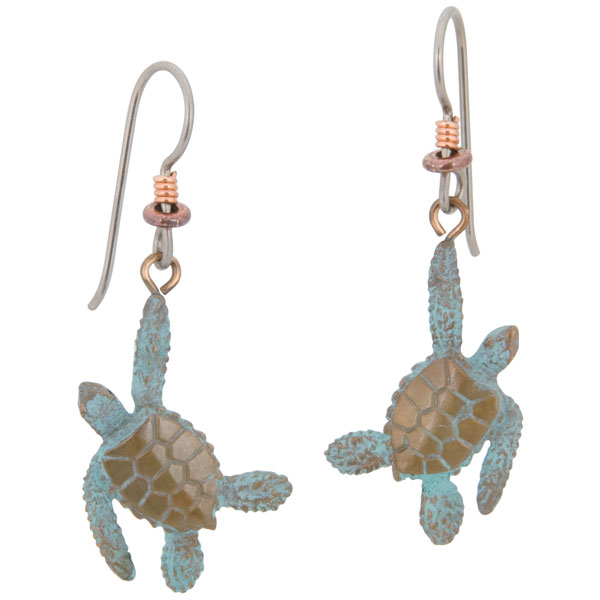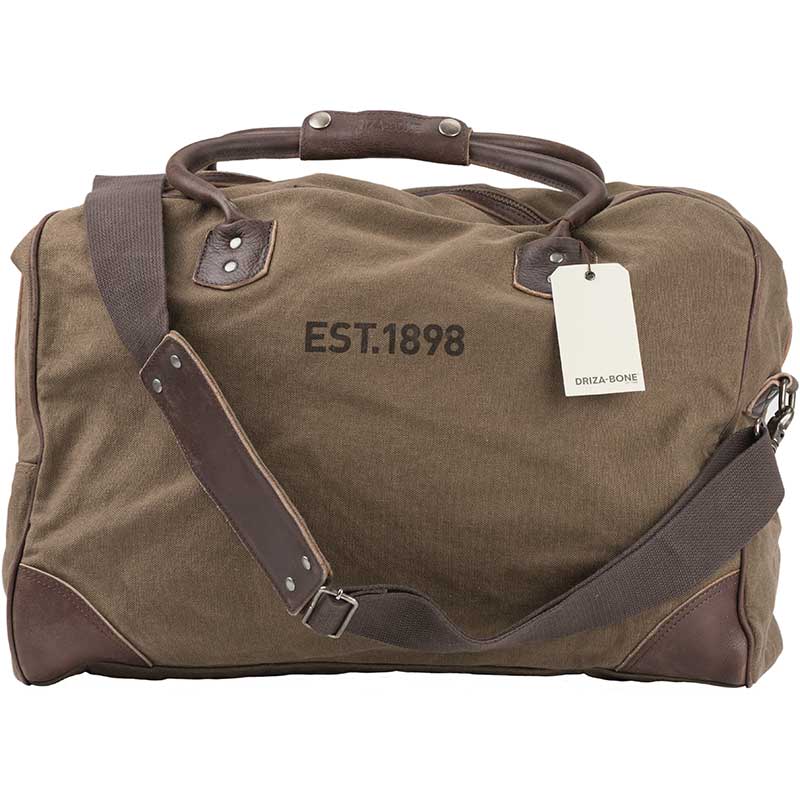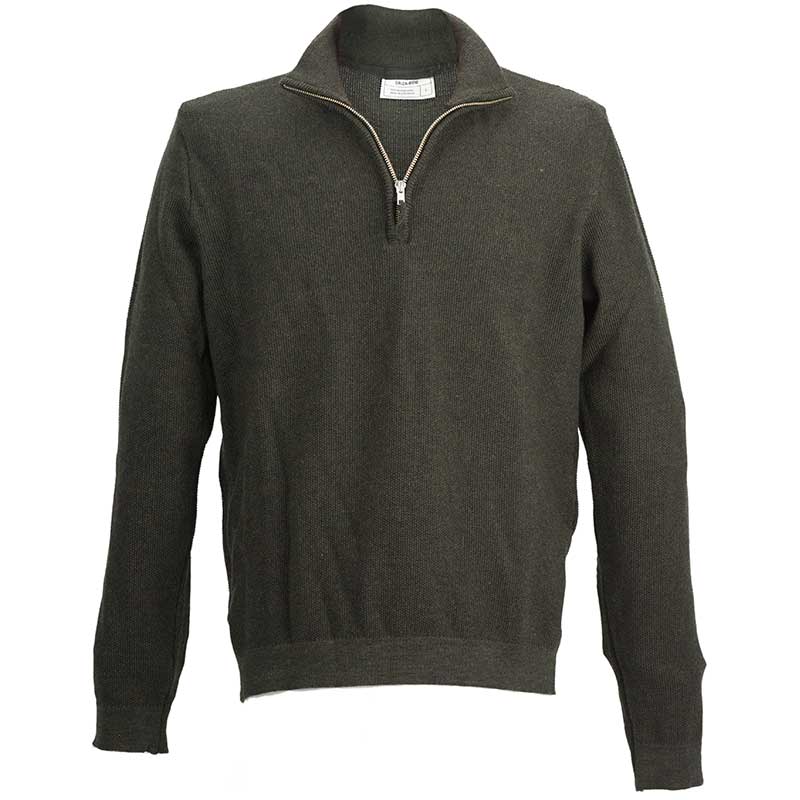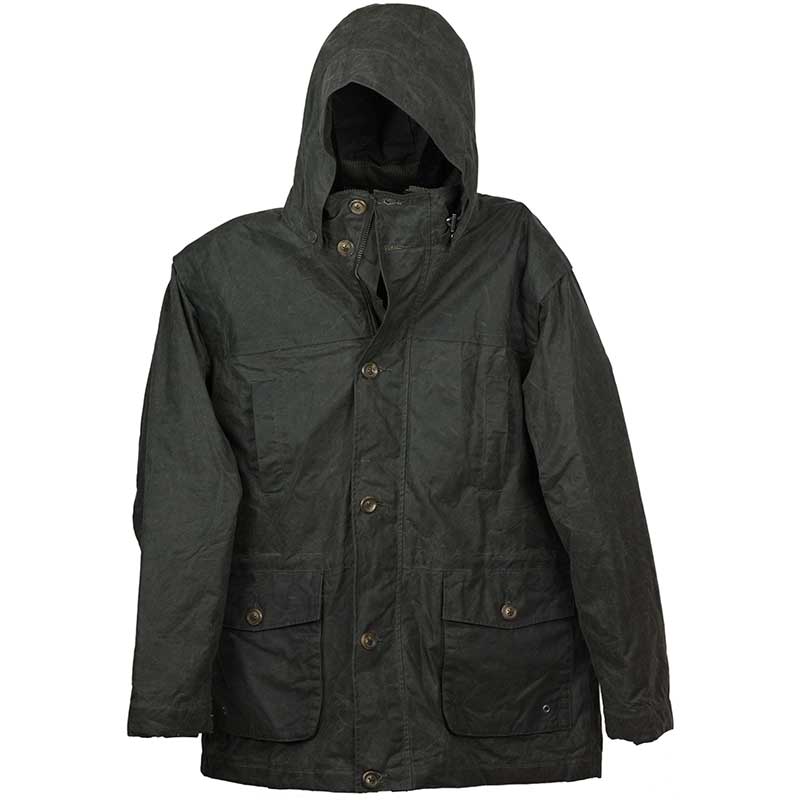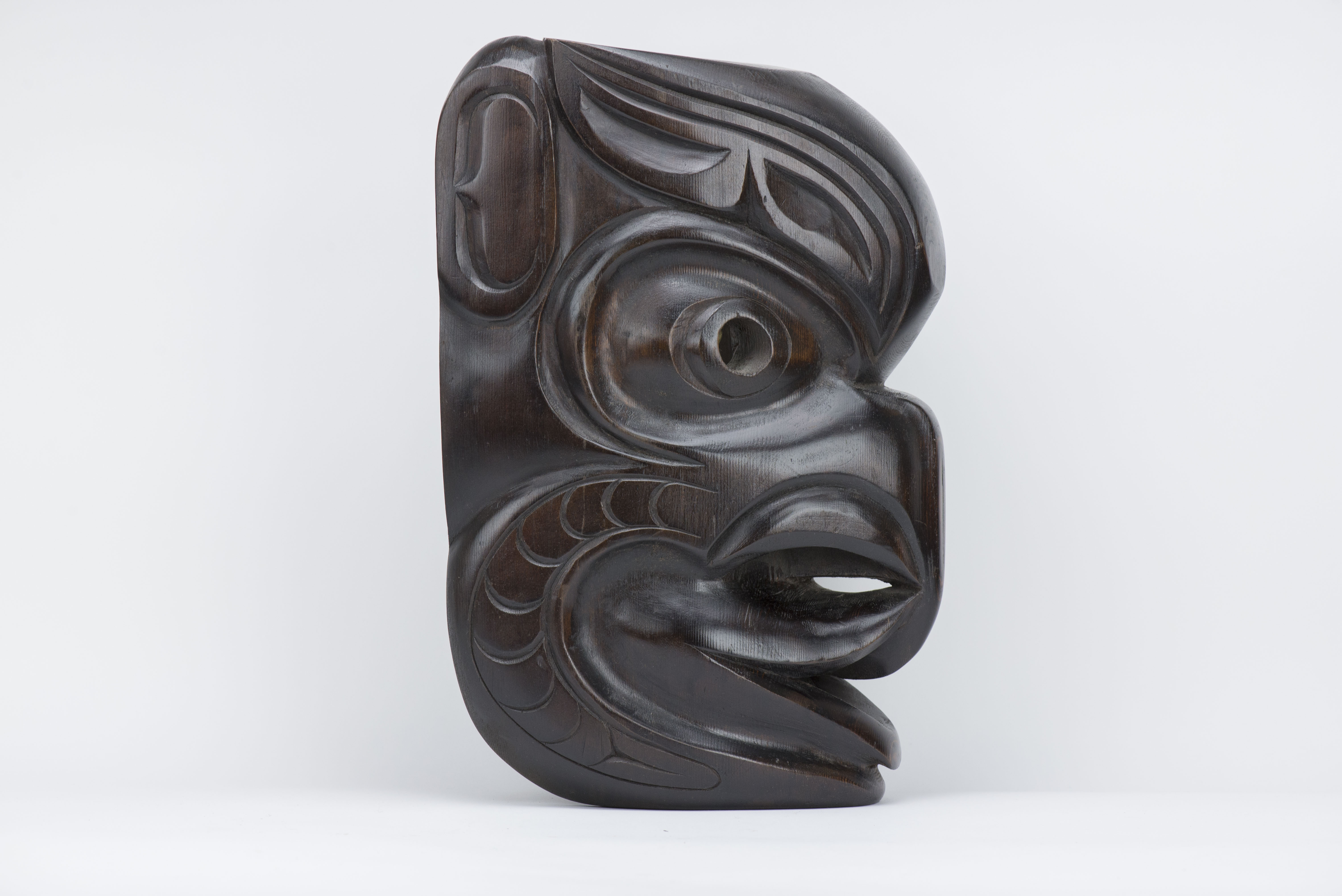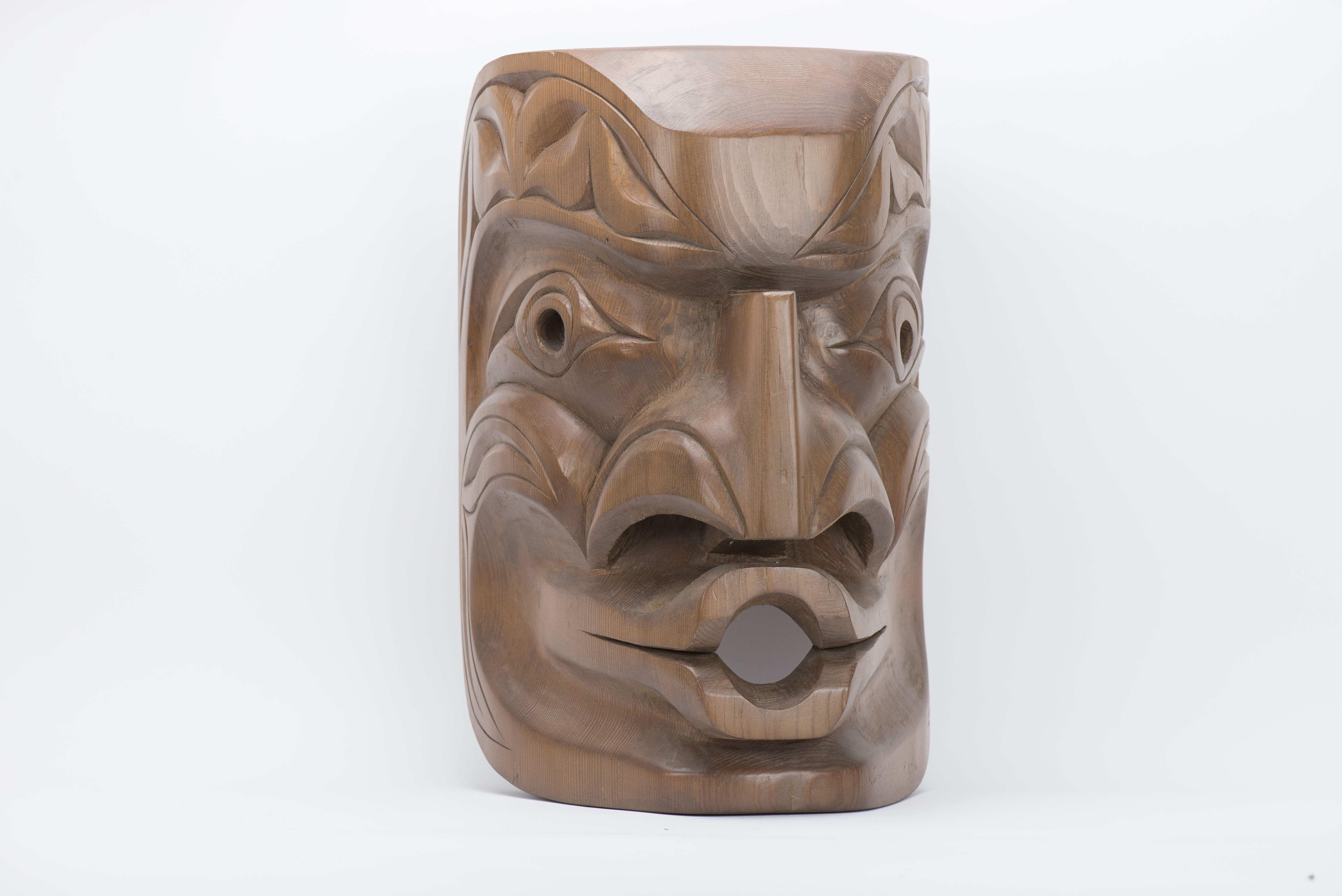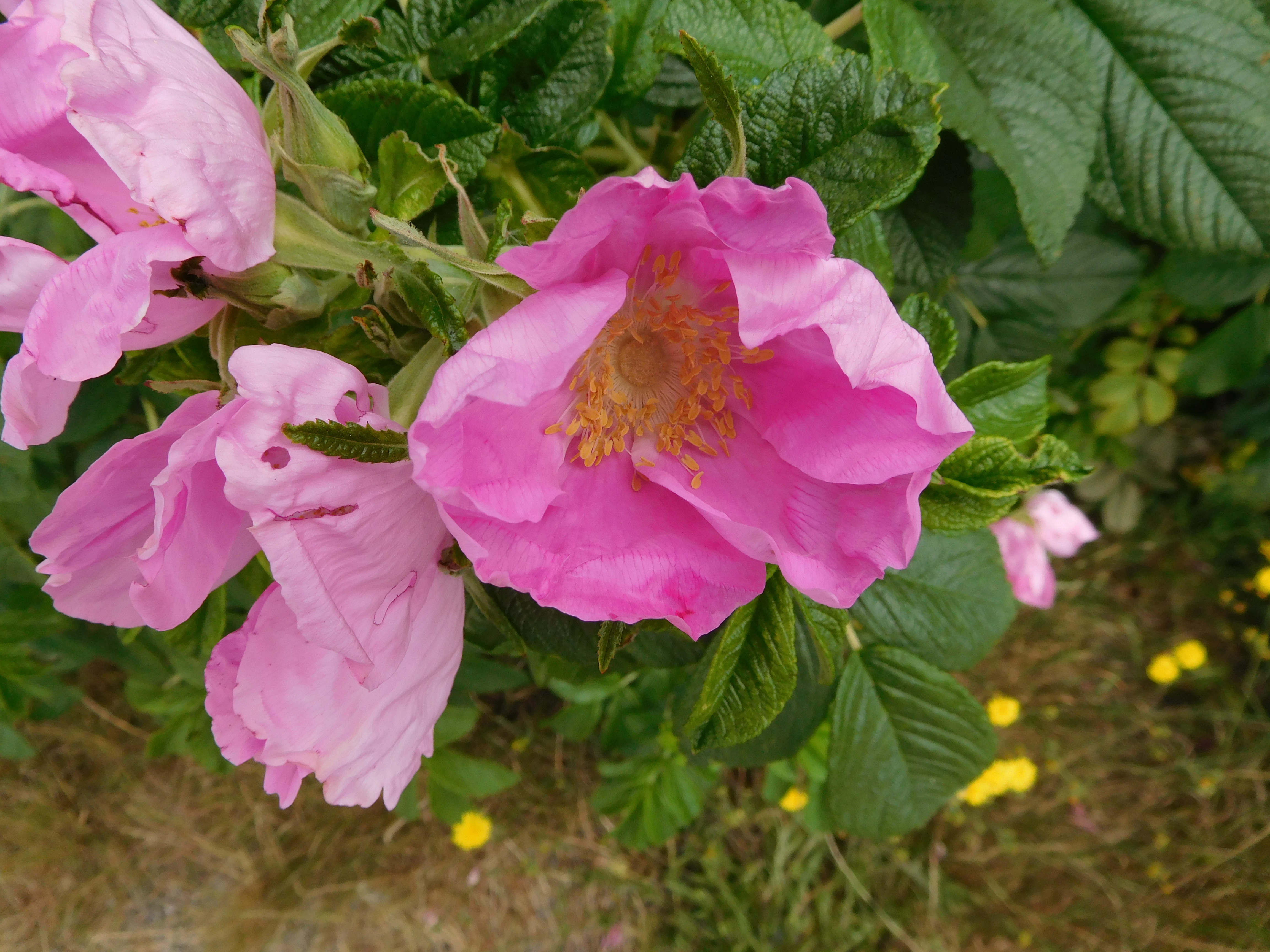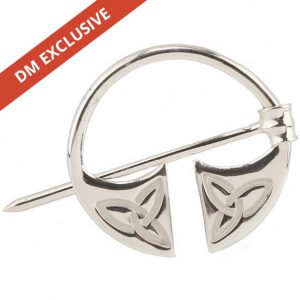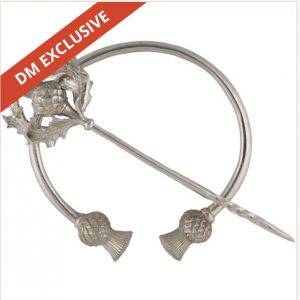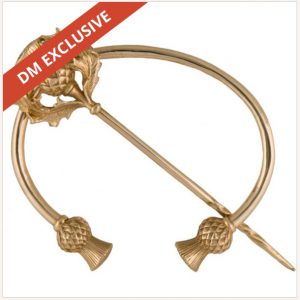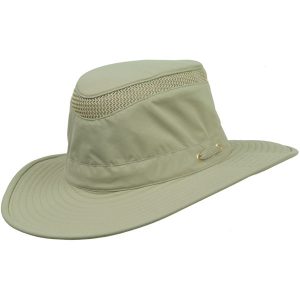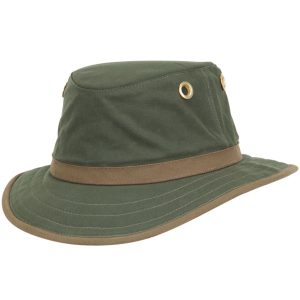Pacific Northwest art has a long and vibrant history. Stretching back over ten thousand years, coastal tribes created artwork based on materials that they found locally and could trade with other tribes, such as copper and shells. When Europeans moved into the area, the artwork utilized products traded from the Europeans, including iron.
At David Morgan, our traditional jewelry has been made from patterns over a hundred years old. These traditional patterns were designed by Tlingit tribes. In the early 1900’s, Mayer Brothers, a jewelry manufacturer in Seattle, produced silver bracelets to sell to the Indians along the Pacific Northwest coast. These trade bracelets became favored items to be given away at potlatches. Production has continued to this day under a succession of manufacturing companies here in the Northwest.
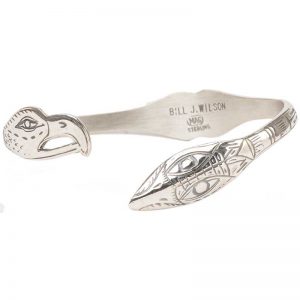
Lovebirds Trade Bracelet, sterling silver. Designed by Bill Wilson, made in USA.
Pacific Northwest art continues to be vibrant and innovative today. Odin Lonning, a Tlingit from Juneau, is an award-winning artist who has designed several of our jewelry pieces, including the ever-popular Raven and the Box of Daylight.
Corrine Hunt has made a tremendous impact in the art world. She is also a Tlingit/Komoyue and a member of the Raven Gwa’wina clan. She designed the medals for the 2010 Winter Olympics. We are proud to sell items from her Spirit of the Wild collection.
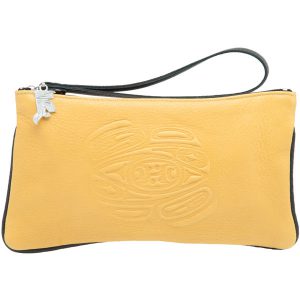
Corrine Hunt Deerskin Wristlet. Spirit of the Wild Collection.
We are pleased to offer a range of trade bracelets and matching rings designed by Bill Wilson, a Tlingit raised in Hoonah, Alaska. The bracelets are struck from the original dies made in the early 1900’s for trade with the Indians of the Pacific Northwest. Typical of the early patterns, the bracelets are relatively narrow, with the design on the terminals. The bracelets and rings are available in sterling silver.
Christian White carved the argillite chess pieces of which we sell the Boma reproductions. He is a Haida from the island of Haida Gwaii, British Columbia.
Please enjoy this article about Christian White from the New York Times.
https://www.nytimes.com/2017/04/30/world/canada/totem-poles-haida-nation-british-columbia.html?_r=0
LEARN MORE ABOUT
Pacific Northwest Art
